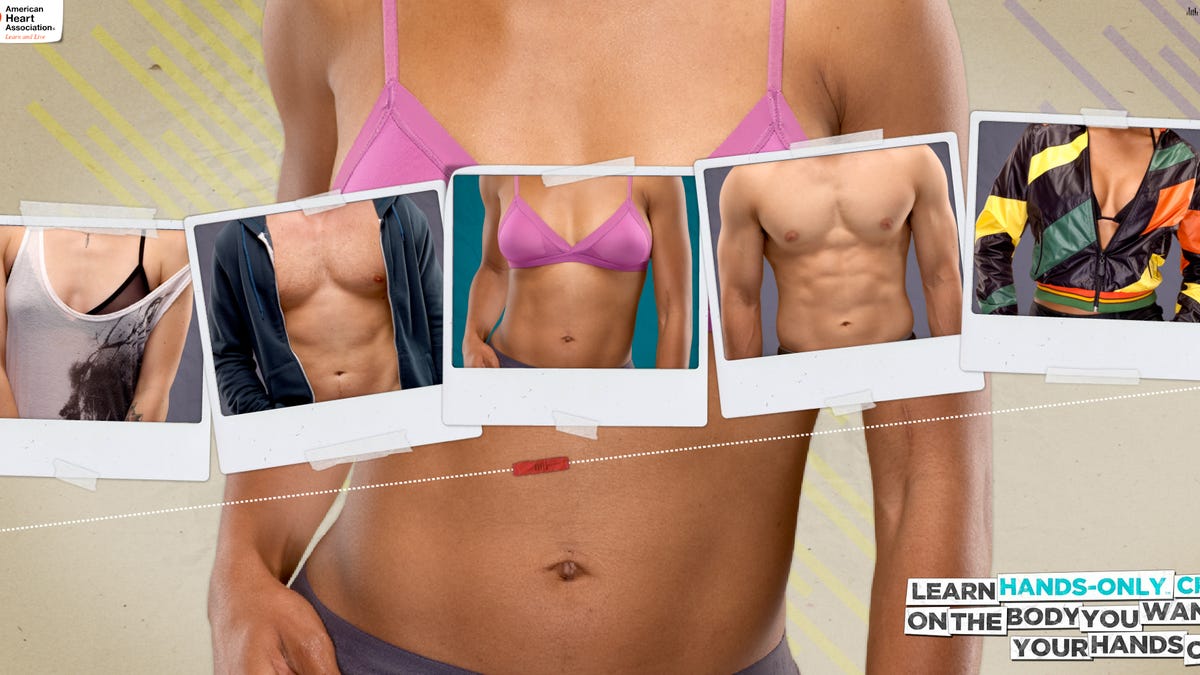CPR site lets you choose and touch chests, guilt-free
The American Heart Association has found that even a brief 60-second CPR video increases one's willingness to attempt giving CPR and improves outcome, so is encouraging users to try it out online.

OK, I'll come out and admit the blushingly obvious: the above screenshot reveals which chest I chose. But I shouldn't feel guilty, right? I've just learned how to give hands-only CPR!
The American Heart Association's "Hands-Only CPR" campaign is officially in full-force. After issuing new guidelines in October 2010 that, in adults, rapid chest compressions without rescue breathing is the way to go, it threw a lot of weight behind its hands-only campaign, which boasts press releases, catchy YouTube videos, an app, and so on.
According to the new guidelines, a bystander should compress the victim's chest 100 times a minute to a depth of about 2 inches to keep blood and oxygen flowing to the brain until help arrives. Stopping for rescue breaths can actually interrupt that vital blood flow. And it's a big deal; of the 300,000 people who suffer out-of-hospital cardiac arrests in the U.S. each year, only 8 percent survive, the association says.
This past spring, it announced that in a new study, participants who viewed a brief 60-second video on how to perform hands-only CPR were more likely to attempt giving CPR and consequently improve the victim's chance of survival. Moreover, more participants were willing to give chest compressions than mouth-to-mouth.
The next step, then: get as many people as possible to learn how to give chest impressions. So the organization's Hands-Only Web site, handsonlycpr.org/handson, now includes a brief, interactive training video that begins with a female voice asking rather coquettishly: "Which body do you most want your hands on?"
The user simply drags the cursor across the line of mostly-naked male and female torsos, clicks the preferred one, and hears the same woman reply, "Nice choice."
We then learn that step 1 is to call 911. Step 2: Get positioned over the chest and put the heel of one hand in the center of the chest. Again the voice: "Don't be shy! Remember, we're learning to save a life here."
Next, put your other hand on top of the first, interlock hands as shown, and click within the red area to the rhythm of the beat. After several seconds of clicking, help arrives, and the voice bids adieu with yet another alluring remark: "That was some nice pushing!"
Many of you may be wondering whether you should try this at work, or perhaps in the confines of a home office when one's spouse very well may enter without knocking. All I can suggest is to proceed with caution; your 'torso' preference will certainly be displayed in large, colorful, splashy terms.

